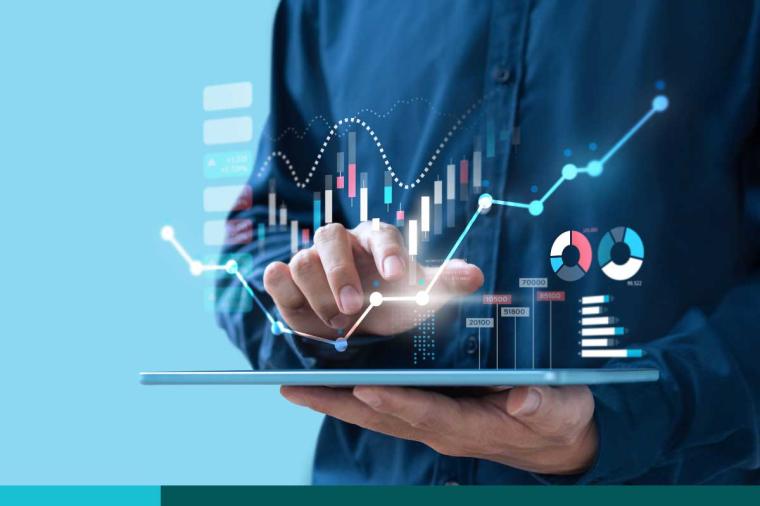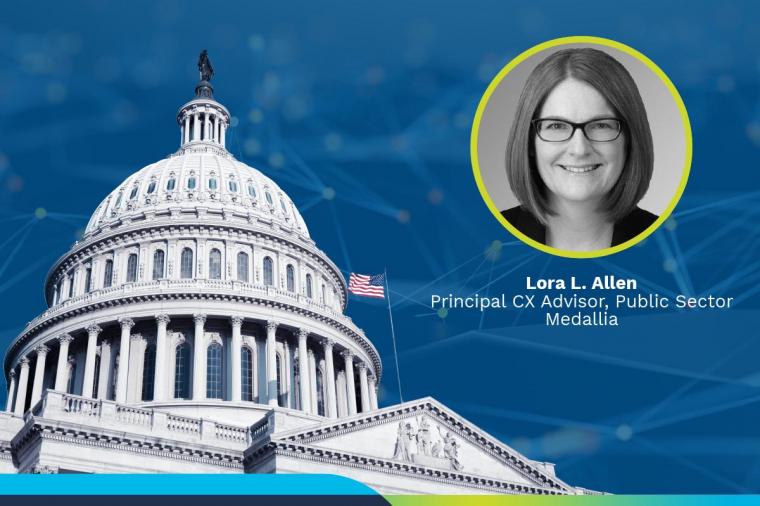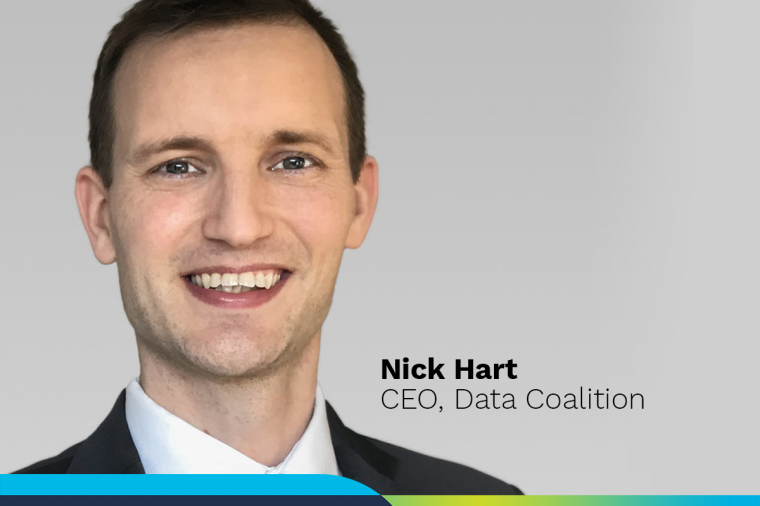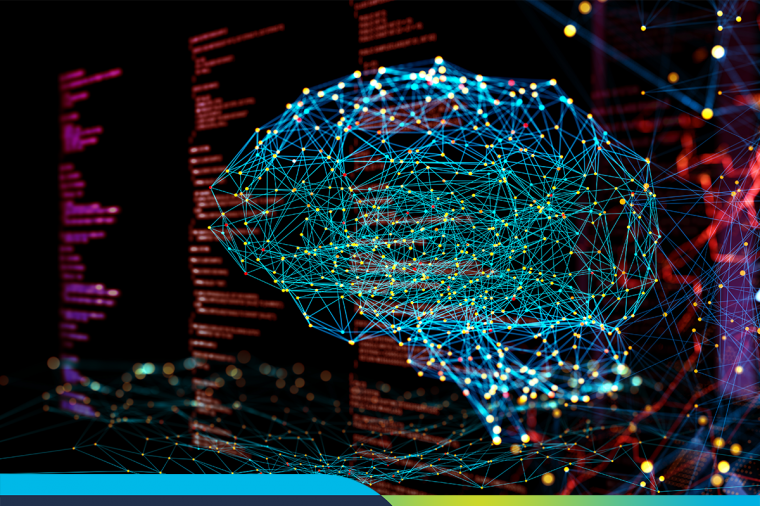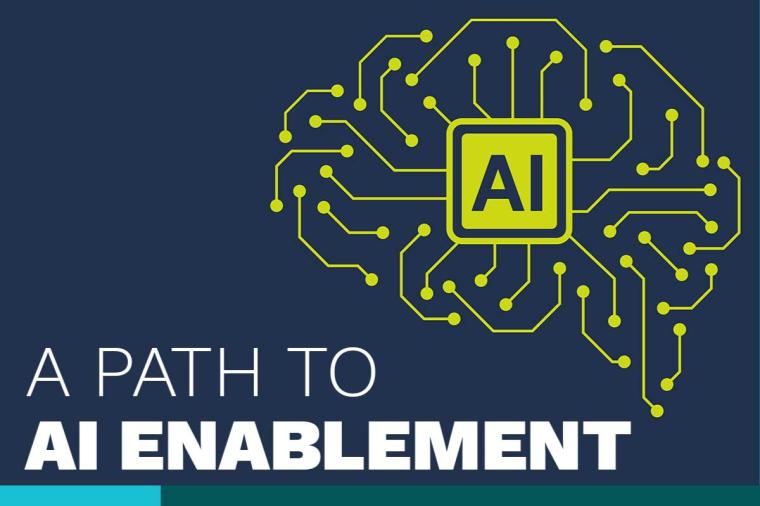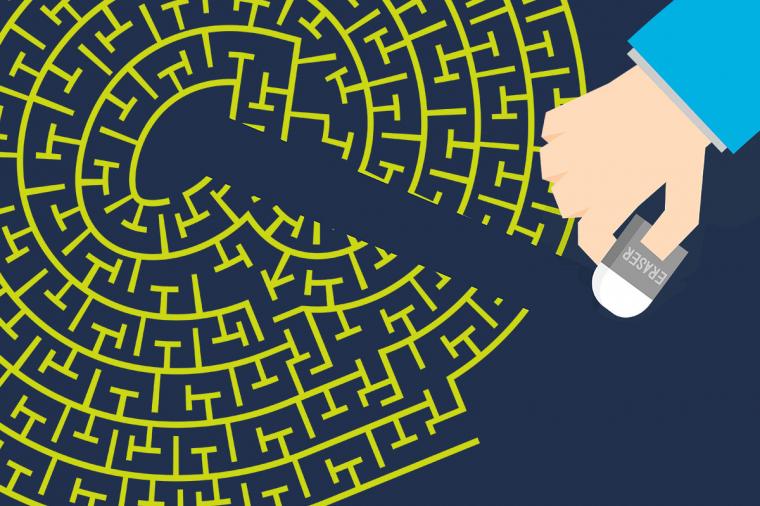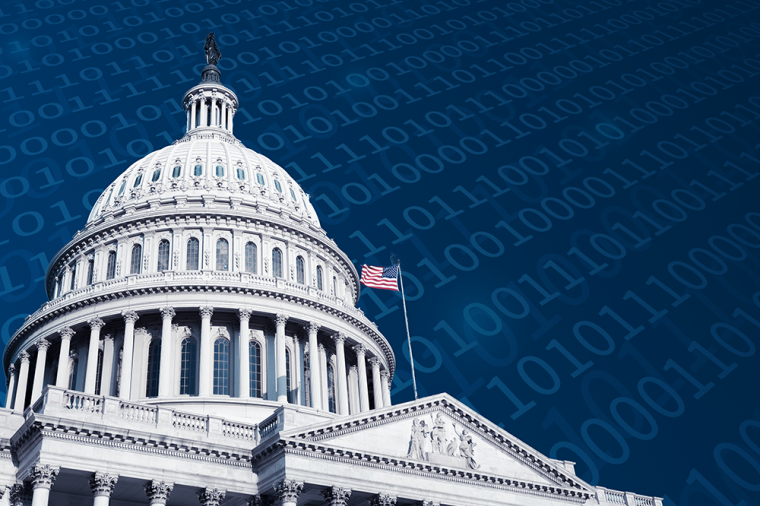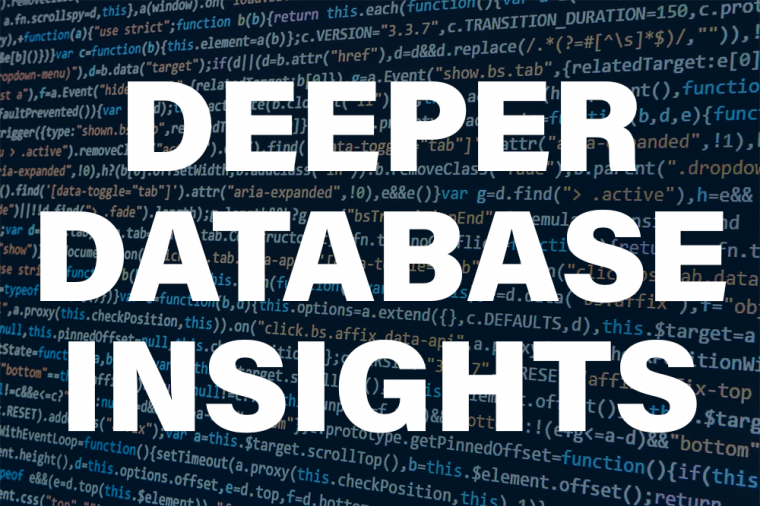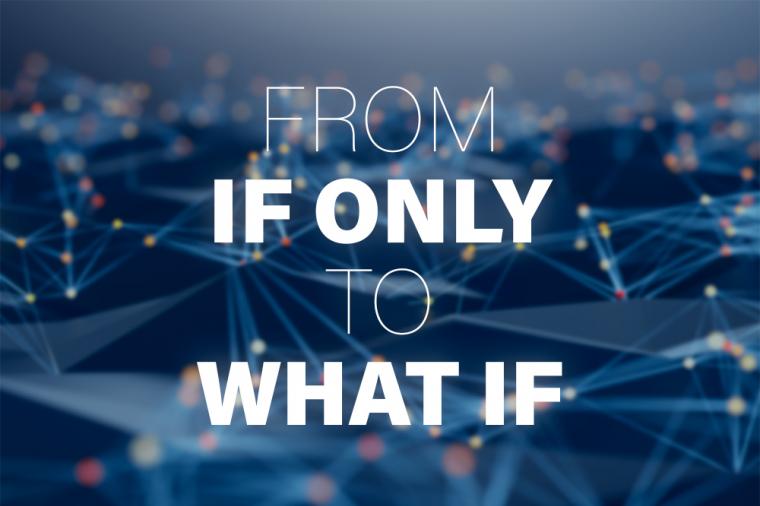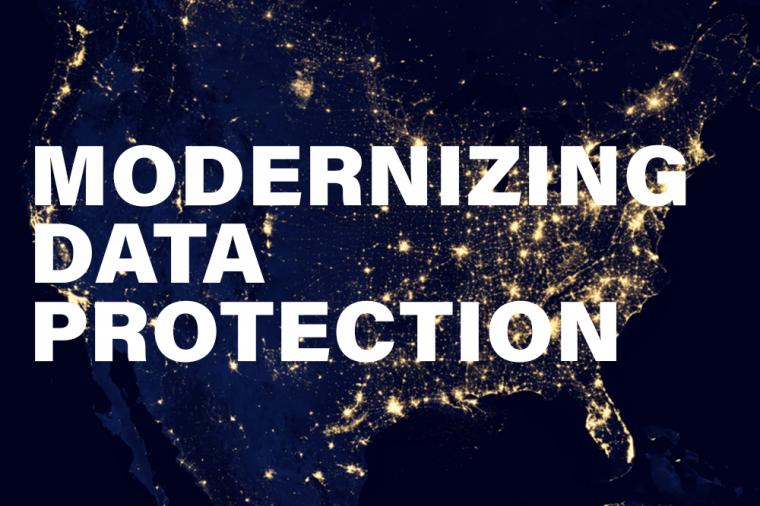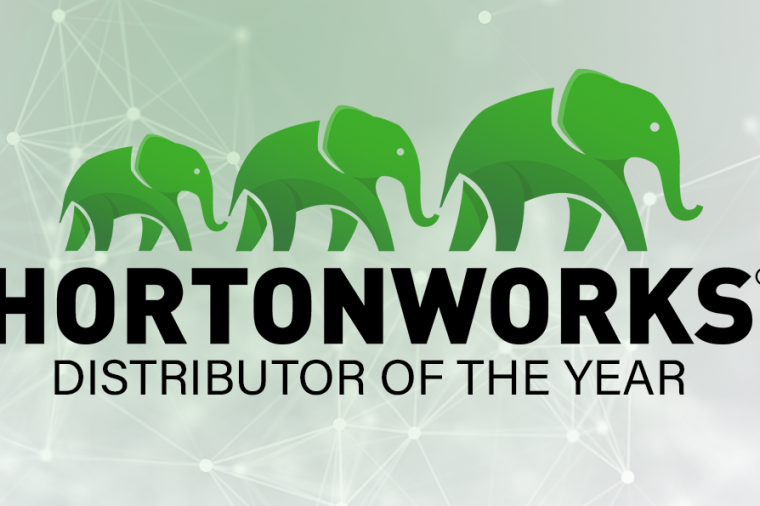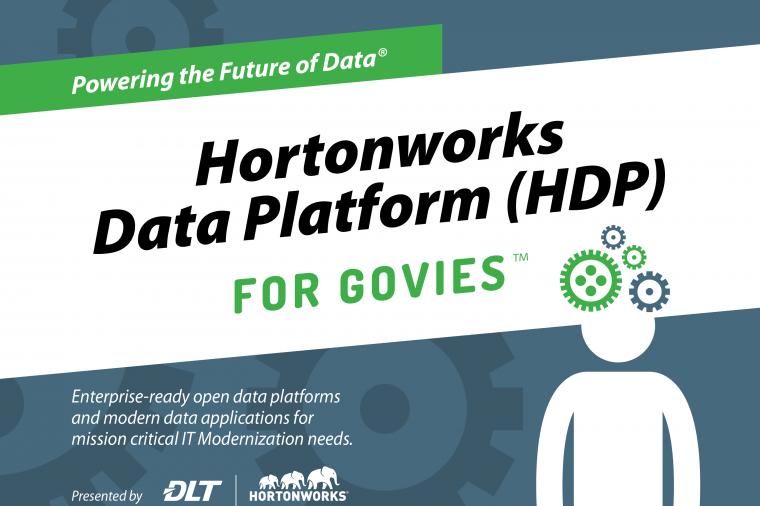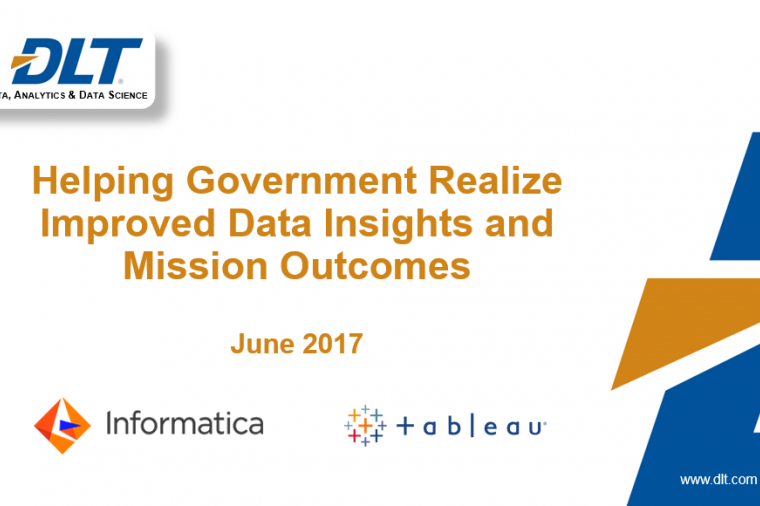Create the Perfect Blend – Data Blending for Dummies

Take your cloud data, database data, HR data, financial data, throw it in a blender and what have you got? Data soup! It may as well be. You have all the right ingredients, but no recipe for pulling it all together. As we accumulate more data, across disparate data sources, the challenge for today’s government data analyst are multiple:
• Systems rarely talk to each other. Merging data from multiple sources and channels is hard.
• Departmental data owners are protective of their data, and fiefdom is rife, creating a cultural challenge to realizing actionable data analytics.
• Dirty data, inconsistent data, and data conflicts skew results.
• Reliance on IT support for data analysis creates delays.
• Preparing data for reports, presentations, and visuals is labor-intensive.
Wouldn’t it be great if you could easily integrate and make sense of all that big data?
Data integration has been a hot topic in government for a while from the U.S. Department of Transportation to the government health care space, where data integration has been identified as one of the leading challenges standing in the way of cost-effective health care benefits delivery.
But data integration (the process in which multiple data sources are combined to create a single version of the data in a database or data warehouse), often gets in the way of the need to deliver better information and results - faster. Data warehouses are managed by IT teams, not business users which slows usability. They are also limited by the fact that data warehouses are not updated in real-time, so data quickly gets stale. Plus, the data is a duplicate of the original data source, adding to storage costs.
Data integration still has a valid role to play, but more and more data analysts are turning, instead, to data blending to get faster results (hours not weeks), with less effort and complexity.
What is data blending?
Data blending is the process of merging, sorting, joining, and combining useful data into a functional dataset, while getting rid of the noise of unnecessary data. It’s a process undertaken by data analysts, not IT. Which puts control of data directly in the hands of those who need it, effectively cutting out the middleman.
Data blending is also a process, not a one-time event. New data sources can be added as needed as analysts start to look for broader insights. These data sources can be one or many, so that you have the best mix of relevant data for your analytical toolsets.
But the real win with data blending, is that solutions are now available that allow analysts to work with multiple sources and prepare data for analysis in ways that Excel or Access couldn’t. Analysts can build the data sets they need, prepare data for reports, etc. and create intuitive workflows to document and automate data manipulation tasks, without writing scripts or waiting on other departments.
Get the eBook
Learn more about data blending, why it matters to your organization, how to simplify the process, so you can gain deeper insight and a better understanding of your universe of big data.
Download the eBook: Data Blending for Dummies.





